When I first got to Drama, Macedonia, the sound and sight of water springs bubbling in the city center caught me off guard. It felt like a secret oasis, where every corner seems to invite you for a slow stroll by the water.
Drama stands out for its rich springs, ancient Byzantine walls, and a quirky Hollywood link.
I wandered the quiet backstreets and found the city’s original Byzantine walls, carefully restored. They’re not massive, but standing by those old stones, I could almost see the city’s past come alive.
It’s a rare mix of history and calm that you just don’t find everywhere.
Then there’s Drama’s odd role in Hollywood films. Once I heard about it, I had to see a few filming spots myself.
Every part of Drama seems to have its own story, and poking around made me want to dig even deeper.

Discovering Drama: Where Ancient Water Springs Meet History
Water runs through the heart of Drama. It brings life to city parks and shapes local traditions.
History is everywhere—from stone walls that have stood for centuries to quiet riverside paths where families stroll and unwind.
The Legendary Water Springs
Drama’s crystal-clear water springs, especially at Agia Varvara Park, are the city’s pride. I found them bubbling up under ancient plane trees, making the whole park feel cool, even on sweltering days.
Local families gather here for picnics. Kids play while grandparents share old tales about the springs’ supposed powers.
The water isn’t just for show. Locals fill bottles straight from the source, trusting the taste and purity that have nourished generations.
It’s woven into daily life, tied to tradition, and even celebrated in festivals. When I joined in, I realized how central these springs are to everyone in Drama.
Once, I chatted with a reverend by the water. He talked about how the springs get blessed at religious ceremonies, blending faith and nature.
If you visit, check out the tiny bridges and quiet corners—ideal for a moment of reflection or a quick family photo.

Byzantine Walls: Stones That Whisper History
As you walk through Drama, you can’t miss the layers of its past. The Byzantine walls stand as reminders of a long, sometimes turbulent story.
Centuries ago, builders constructed these stones for defense. Now, they watch over new neighborhoods and shifting city borders.
I touched the rough stone and tried to picture the city when these walls first went up. Each block seems to hold a bit of tradition.
Locals use the area for community events and festivals, blending daily life with relics from old battles.
Bring your camera, especially in the evening. Lights along the wall highlight carvings and arches, making the stones glow against the night sky.
It’s a favorite spot for families, with benches set just right for a pause and a bit of atmosphere.
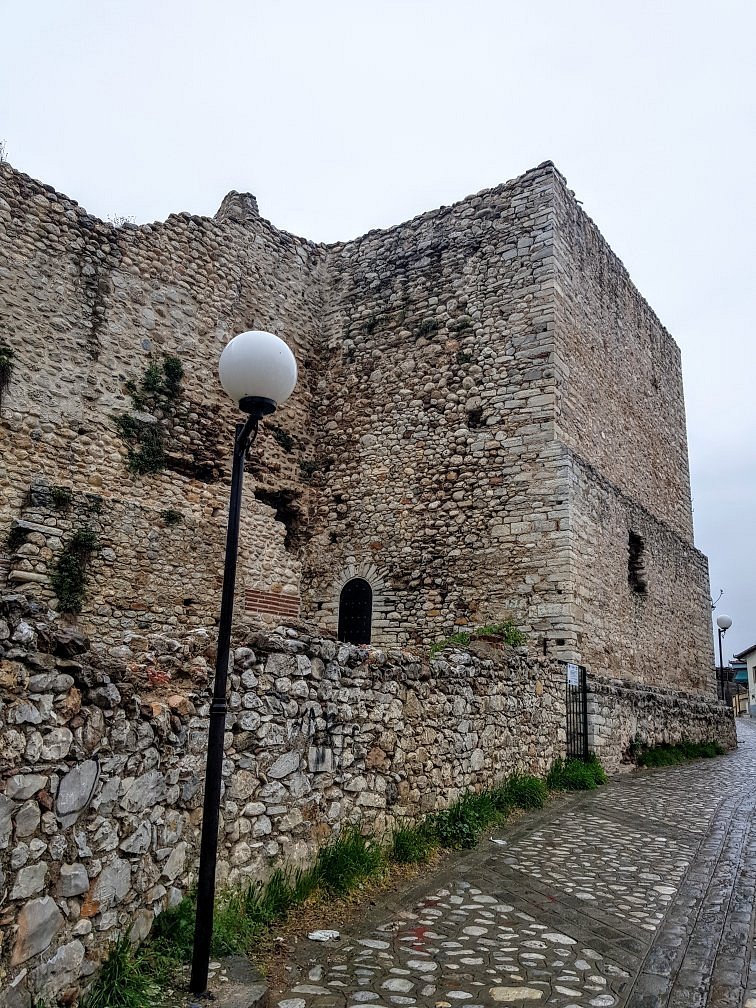
River Rhythms and Nature’s Serenity
Drama’s main river, the Agia Varvara, weaves through parks and neighborhoods. It ties the old and new together.
What really struck me was how the river draws everyone in. I saw kids skipping stones, couples walking hand in hand, and grandparents feeding ducks—all drawn to the peaceful sound and gentle flow.
There’s a path that follows the river, shaded by willows and framed with flowers. I walked there every morning, sometimes stopping to watch artists sketch or listen to music drifting from a café.
Nature feels close and calming here, a break from city noise.
Families gather along the riverbanks for Sunday strolls or open-air picnics. You’ll spot colorful fish darting in the water and birds nesting along the banks.
For visitors, it’s a reminder of how nature and history shape Drama’s daily life. Honestly, I always want to come back.
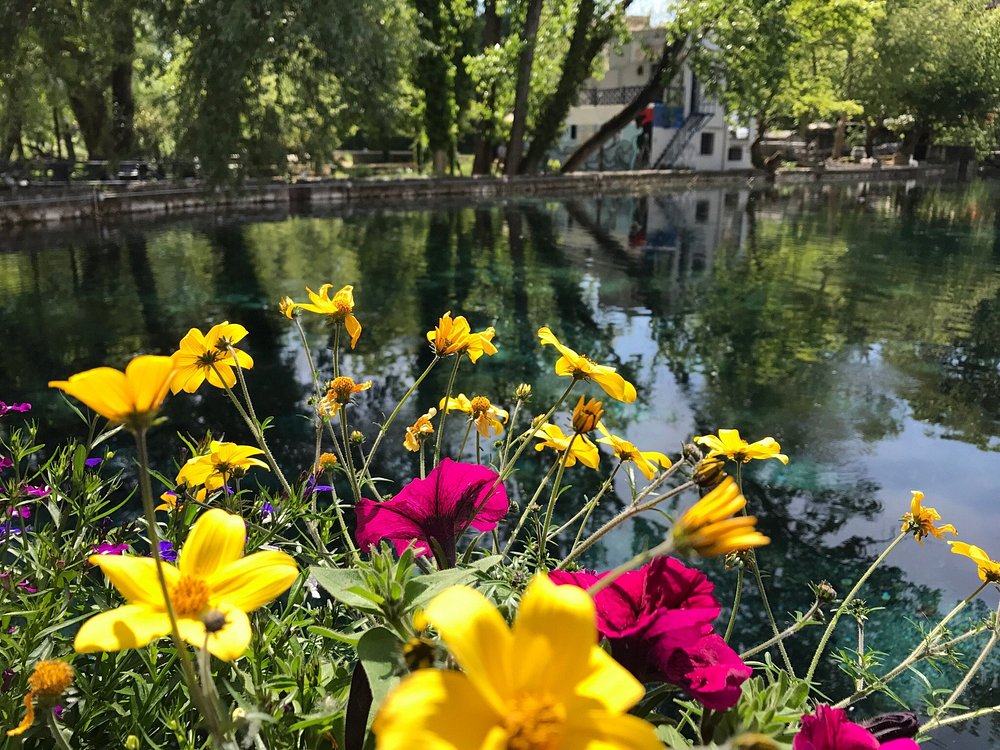
From Byzantine Fortresses to Modern Marvels
Drama’s story lives in its old stones and moments of strength and faith. Climbing ancient walls or hearing stories of conflict brings a new appreciation for patience, sacrifice, and the support found in community.
Walking the Fortress Walls
Standing atop the Byzantine fortress, I looked out over Drama. The walls, thick and battered by time, once protected the city during uncertain times.
Every brick seems to hold memories of religious processions and political meetings.
As I followed the path, I tried to imagine the mix of anxiety and hope people must’ve felt centuries ago. Byzantine rulers relied on the city’s fortifications and the faith of its people.
Prayer rooms and chapels still echo with a quiet strength.
If you visit, bring sturdy shoes—the walls wind up steep slopes. Guided tours share stories about how understanding between leaders and citizens helped Drama survive sieges and change.
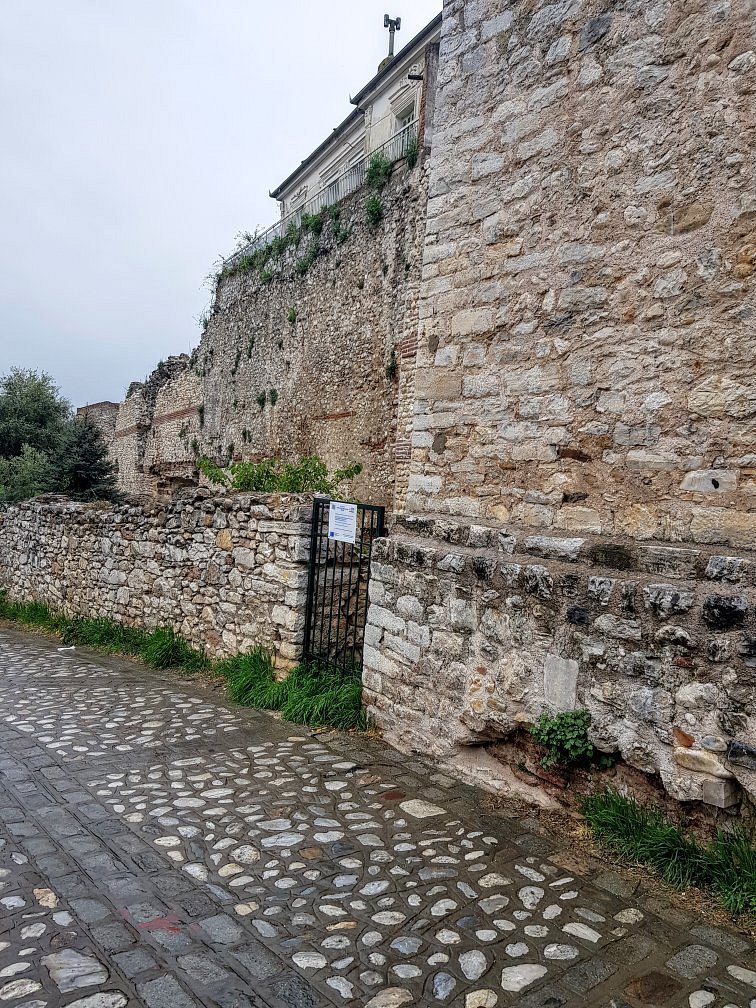
Echoes of Civil War and Resilience
Drama’s recent past still feels shaped by the Greek Civil War. Stories of sacrifice live in museums and family memories.
I spoke with locals whose relatives hid in the hills, trading comfort for safety.
These years tested the city’s patience and beliefs. Community support and faith carried families through hardships.
You can still feel the impact of those struggles, but you also sense the strength Drama gained by facing adversity together.
Modern murals and monuments quietly honor those who suffered, mixing past pain with present hope.
Every visit reminds me that the city’s endurance is just as important as its history.
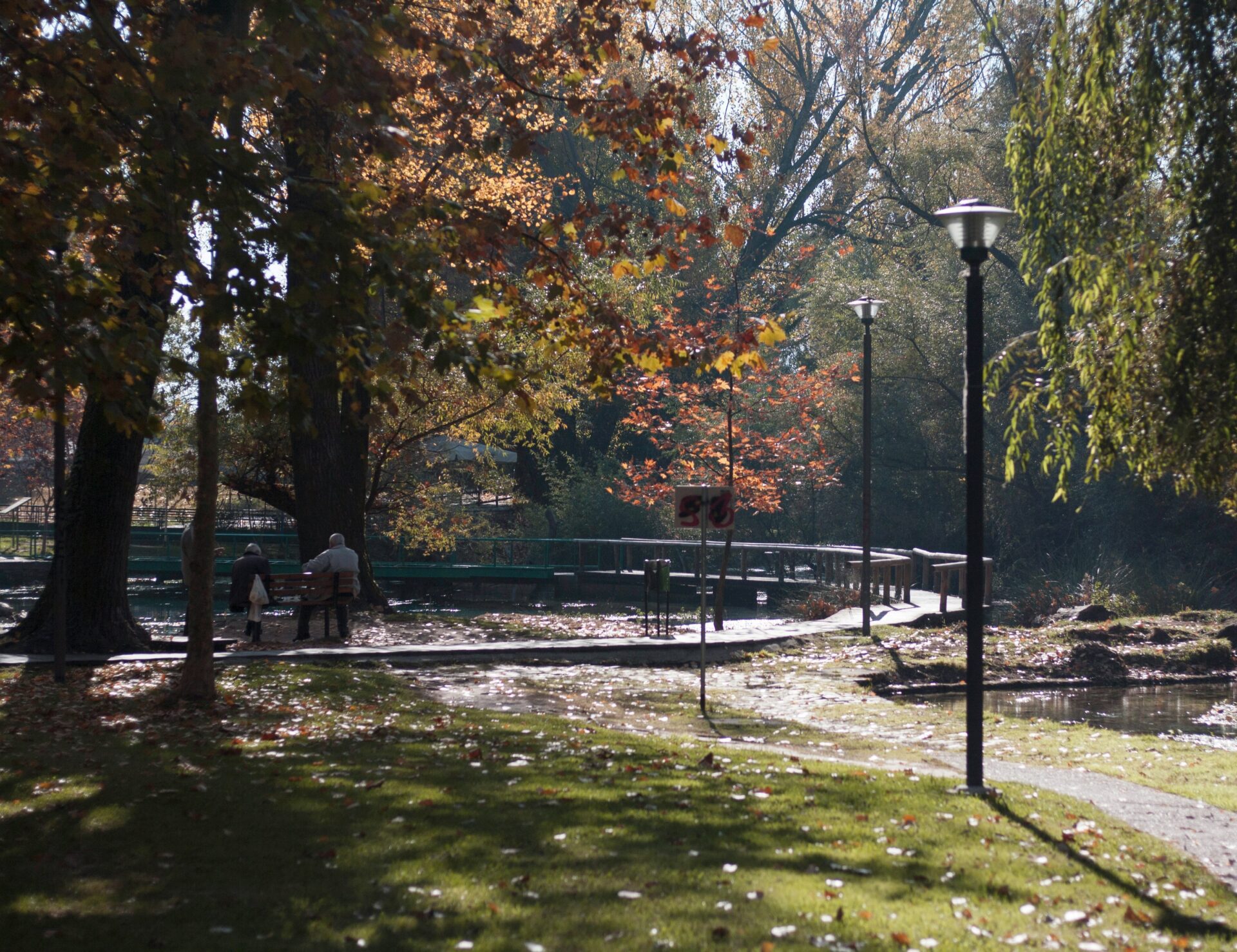
Hollywood’s Unexpected Influence in Drama
As I walked through Drama’s old neighborhoods, I kept spotting hints of Hollywood’s impact. Bits of classic cinema and American theater have found their way into local traditions.
Cinematic Landscapes: From ‘Ulysses’ to Americana
Sometimes, Drama feels like a hidden film set. The stone fountains and old Byzantine walls look almost sculpted for a movie.
Local guides love to compare these sites to settings from Hollywood epics, especially stories like ‘Ben-Hur’ or ‘Ulysses.’
There’s a small, independent cinema that screens American classics under the stars. Locals told me about Drama’s brief moment as a filming spot for a European adaptation of ‘Ulysses’ in the 1970s.
American influences pop up in local cafes too—‘Americana’ posters, cowboy hats, and Route 66 signs line the walls, tying Drama to global film culture.
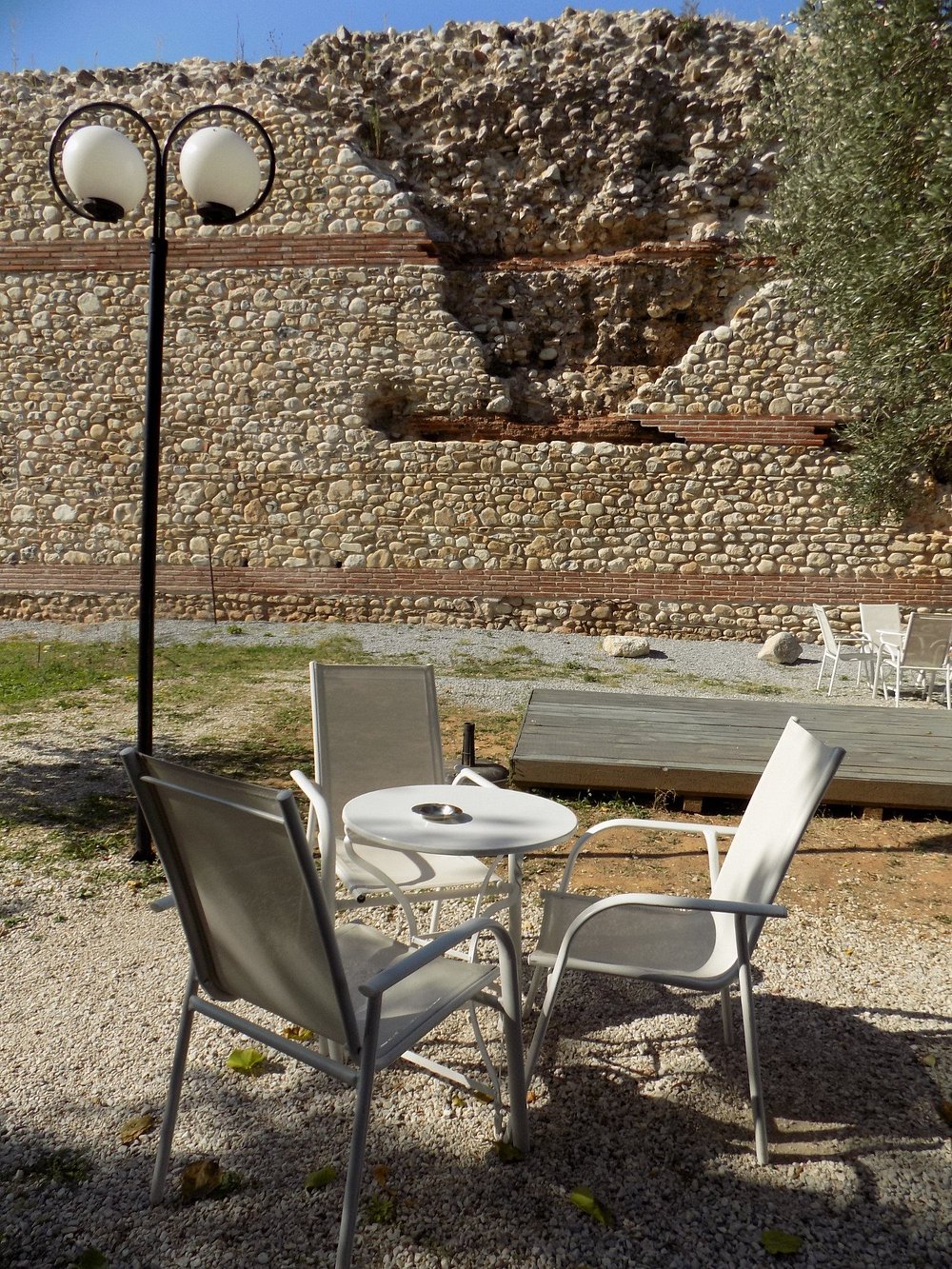
Theatre Traditions and Local Performances
Theater in Drama isn’t just a show—it’s an event that brings together all ages. Community theaters stage performances inspired by both Hollywood films and Macedonian stories.
I once watched a version of “Our Town” where Greek and Macedonian elements blended with the American play, making something new.
Local actors often throw in their own twists, sometimes referencing film icons or famous Hollywood stage directions.
Drama’s annual theater festival, held each summer, mixes street performances, shadow theater, and short film screenings.
This gathering gives visitors a taste of the city’s artistic friendships and ambitions, where both eastern and western traditions get their moment.
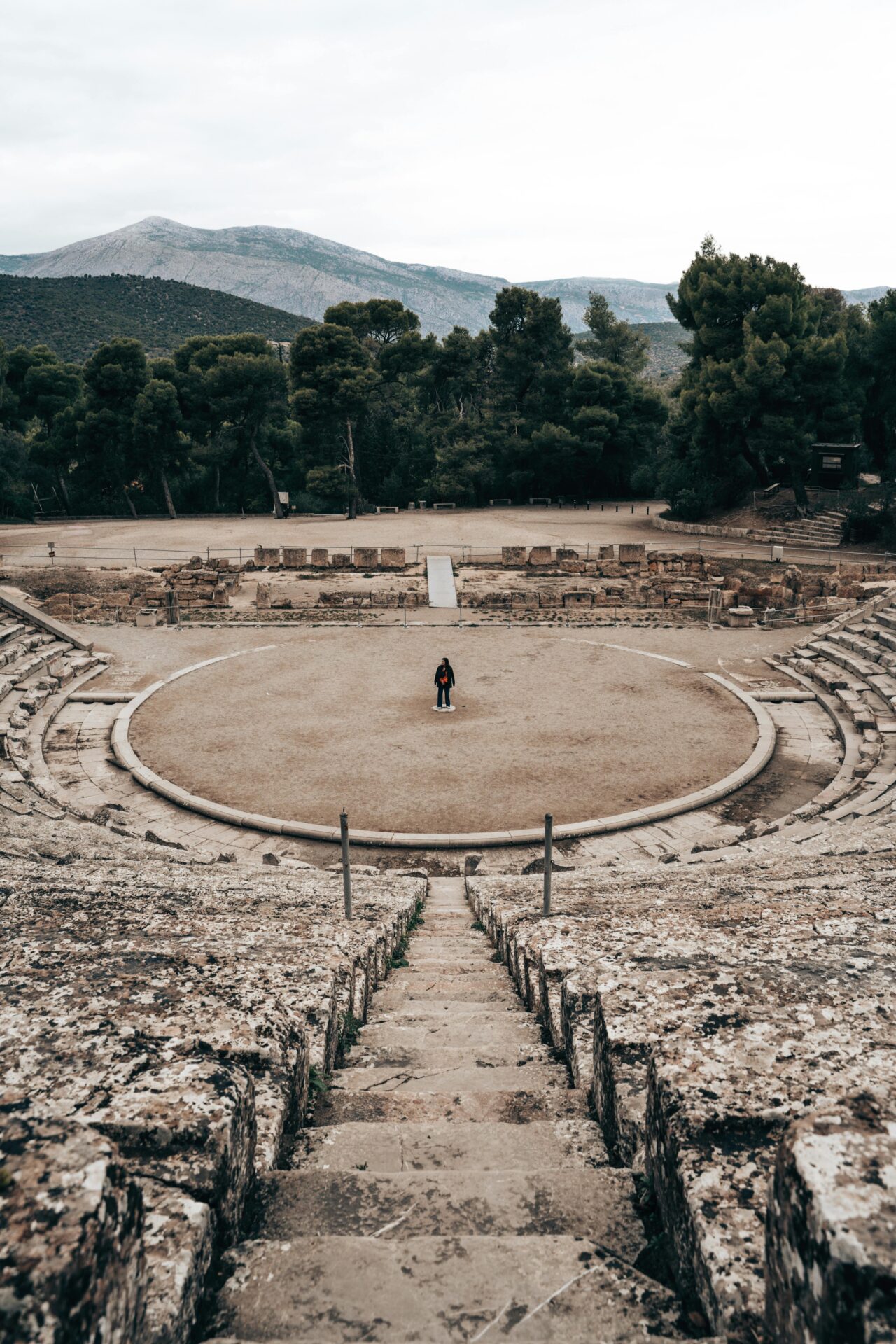
Ephemeral Fame: Manuscripts and Memorabilia
Tucked in Drama’s city museum, I found a collection of film manuscripts and photos from touring summer theater troupes. Some are pretty fragile—old scripts, letters, faded photos signed in a hurry.
A small table displayed bits of ephemera: ticket stubs from American movie nights, friendship bracelets traded by young actors, and postcards featuring Drama’s stone fountains.
These items capture the city’s fleeting moments of connection with Hollywood.
Visitors can see how international ideas have become personal treasures, creating a quirky bridge between distant stars and this Macedonian city.
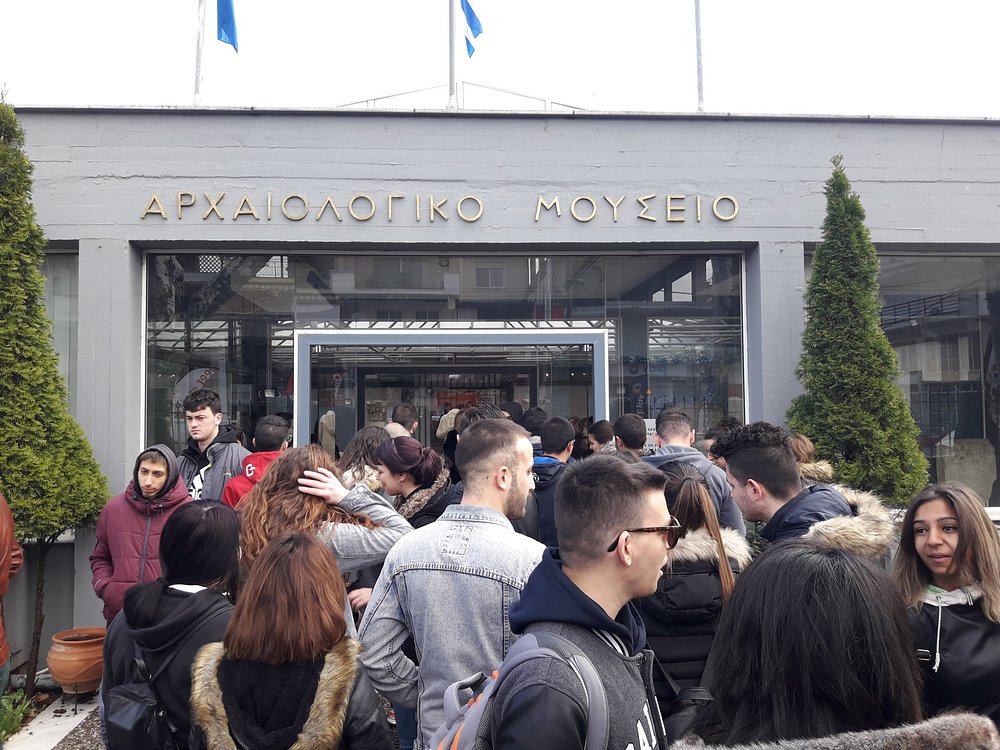
Traditions, Flavors, and Everyday Life in Drama
Exploring Drama, I noticed how much local culture shines in daily life—from meals with neighbors to lively public events.
The city moves at a gentle pace, but every moment feels packed with tradition and flavor.
Culinary Rituals and Community Gatherings
Every time I’m in Drama, someone invites me to share a meal. Food here is more than eating—it’s a daily ritual that brings families and friends together.
Locals take pride in their fresh bread, olive oil, and strong cheeses, plus specialties like bougatsa, grilled meats, and mezes.
Coffee shops fill up from morning to late afternoon. People sit with thick Greek coffee or iced frappés, catching up on news and stories.
Markets burst with local olives, honey, and homemade jams, usually sold by the farmers themselves. Cash is common, so I always keep a few euros handy for small shops.
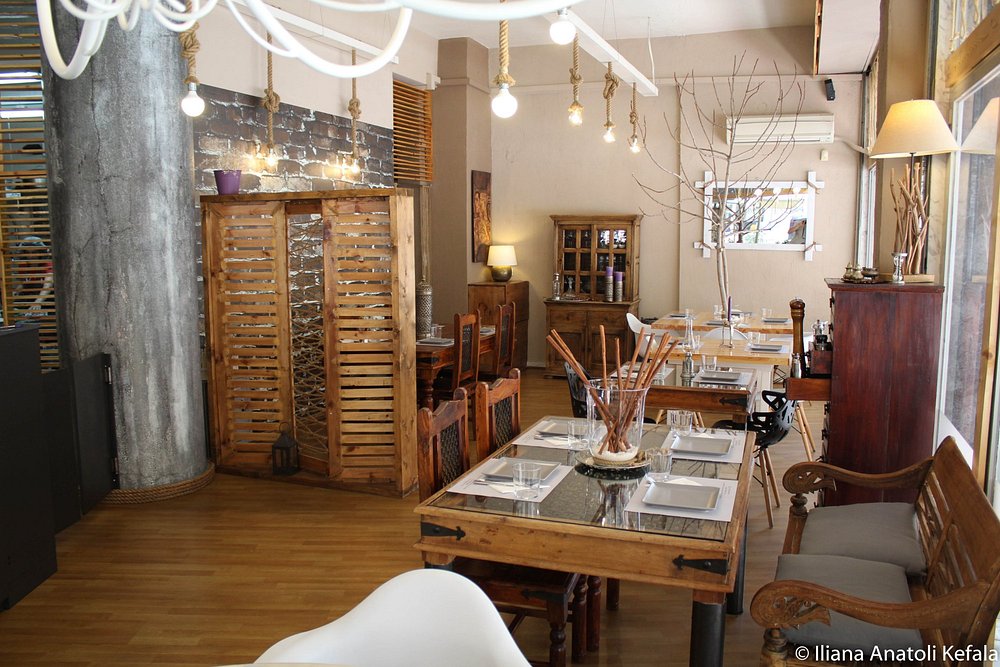
Circus, Sports, and the Spirit of Celebration
Sports and festivals connect people in Drama, young and old. One night, I stumbled onto a circus show in a city square—kids squealed as acrobats and clowns performed.
These traveling circuses show up seasonally, especially during the annual Drama Short Film Festival, which turns the city into a stage for art and joy.
Sports clubs buzz with fans, especially at soccer matches. From playgrounds to the Nea Zoi sports complex, people gather to cheer or join a friendly game.
Celebrations often spill into the streets, whether it’s a big win or a national holiday. It’s easy to get caught up in the cheers and laughter.
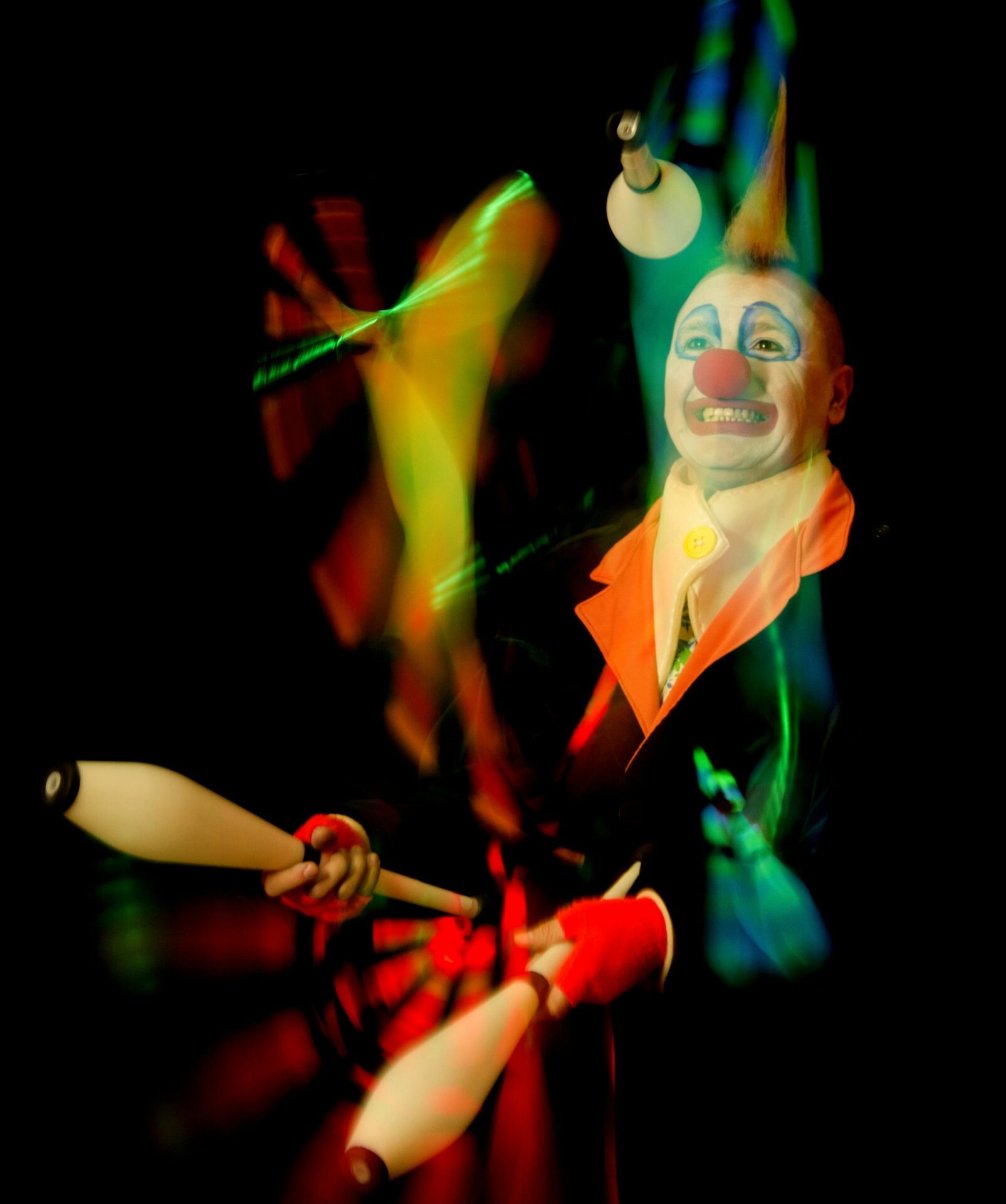
Navigating Transportation and Daily Routines
Getting around Drama is easy. I usually walk from the old Byzantine walls to lively plazas without trouble.
Local buses run often, connecting neighborhoods for a small fee. For longer trips, taxis are reliable—just carry cash, since not every driver takes cards.
Daily life has its own rhythm. Mornings start early with café visits, and afternoons slow down for siesta.
Shops close for a few hours after lunch, then reopen for evening strolls, shopping, and socializing. The euro is the main currency, and prices in small shops or on buses usually round up to the nearest coin.
Every routine here feels rooted in community and neighborly trust.

Icons, Stories, and International Connections
Drama surprises you with its mix of ancient charm and unexpected ties to England, famous writers, and even a few high-stakes adventures.
Wander its streets, and you’ll find stories that go way beyond the Byzantine walls.
Queen Victoria, Oxford, and the English Legacy
Walking through Drama’s old neighborhoods, I kept noticing traces of English influence. There’s this story that Queen Victoria once sent a gift to the city—a rare event people still talk about.
You’ll spot English-language newspapers in old legal offices and meet locals who studied at Oxford, bringing back a love for British customs.
A retired teacher told me a fun fact: a few Drama families still have old English teacups, supposedly used during visits by British naval officers passing through Kavala’s port on their way to Drama.
If you love British history, look for plaques or documents in the city archives. They offer a glimpse into Drama’s English-speaking past.
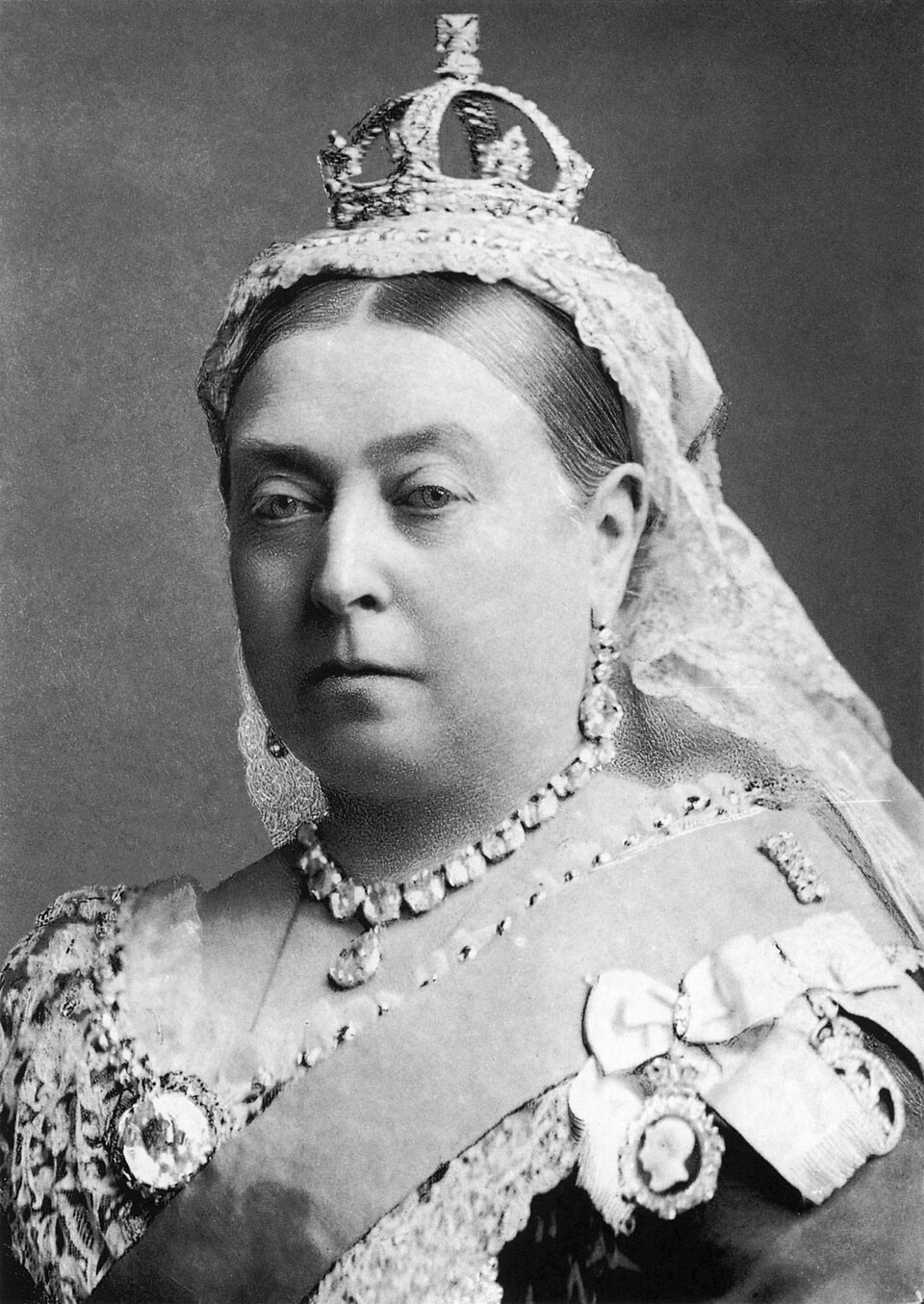
Tales of Gambling and Presidential Encounters
Drama loves its stories, especially the ones about luck and brushes with fame. The city once had little gambling clubs, tucked away on side streets, where locals and visitors played cards long before it was legal.
People say that in the 1960s, a visiting American businessman—rumored to be tied to a future U.S. president—lost a fortune at one of these tables.
I heard about an old New York newspaper headline on “Gambling in the Macedonian North,” which sparked curiosity among tourists and journalists.
Some locals are happy to share tales of secret games and police raids. If you like chasing legends, ask around in the main square; someone usually knows a few details you won’t find in official guides.
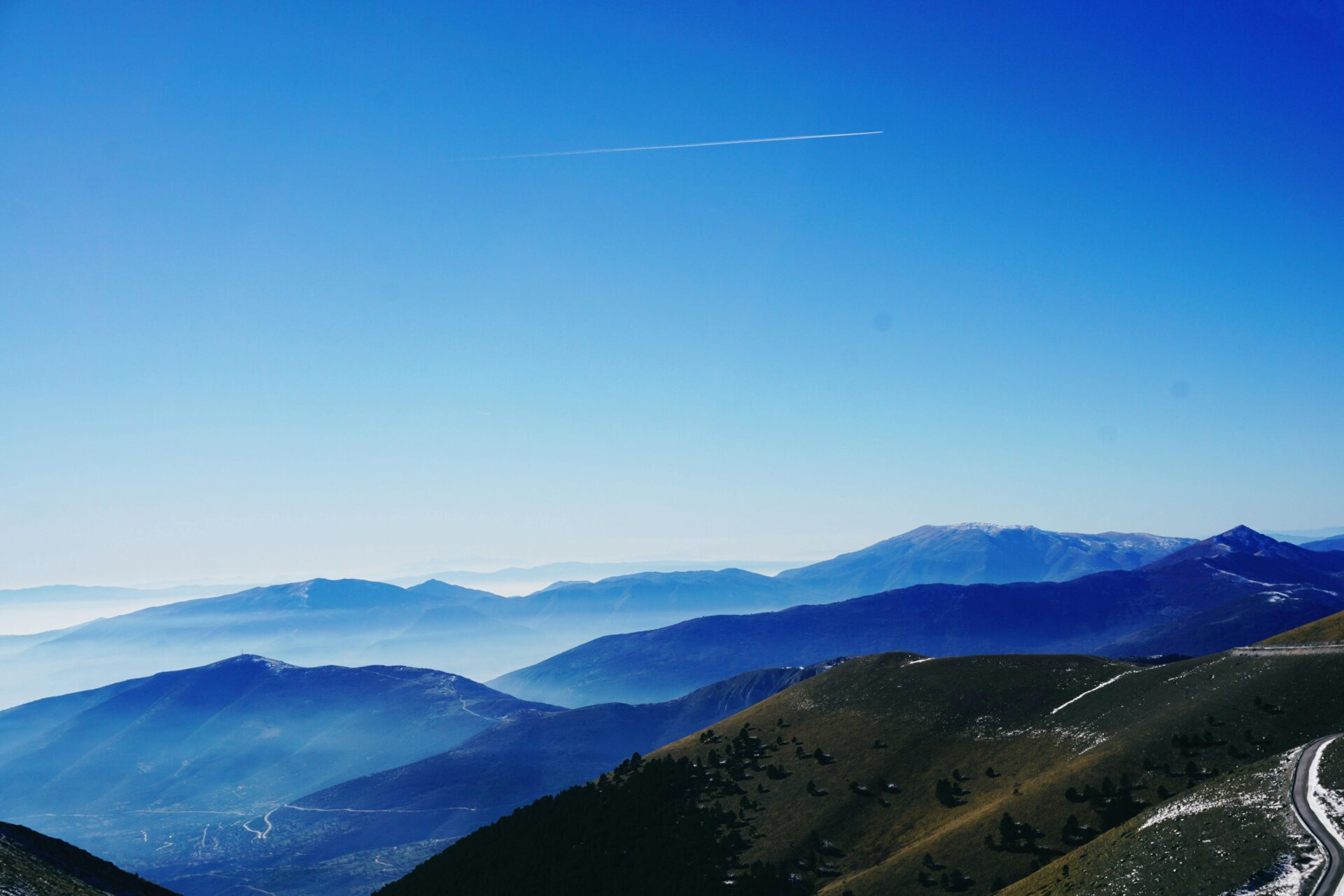
From Nathaniel Hawthorne to Frankenstein: Drama’s Literary Echoes
You know what really caught me off guard? The literary connections that link back to some pretty famous authors.
Nathaniel Hawthorne never actually made it to Drama, but he wrote letters describing the charm of northern Greek cities. Those letters nudged a bunch of 19th-century travelers to check the area out.
A local guide sometimes leads these quirky “Hawthorne Walks,” blending stories from Hawthorne’s work with local legends. It’s a mix that feels both odd and surprisingly fun.
There’s another twist—Drama has a small tie to “Frankenstein.” Some university students once put on a modern version of Mary Shelley’s novel.
They set the scenes right among Drama’s Byzantine ruins and those bubbling water springs. If you’re into literature, you’ll probably get a kick out of following these creative echoes.
The city library even keeps a stash of English-language books about Drama’s literary history. Honestly, it’s a cozy spot to duck into when the weather turns gloomy.

